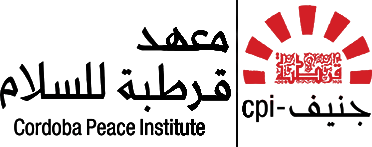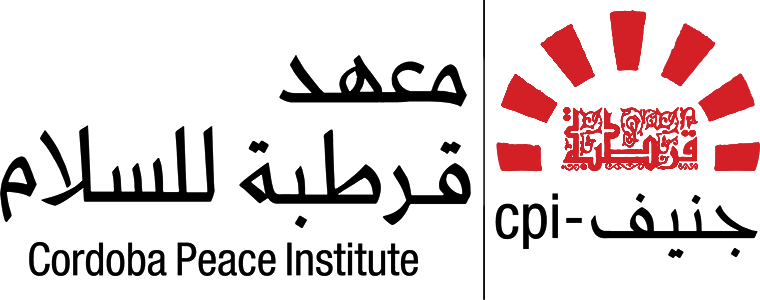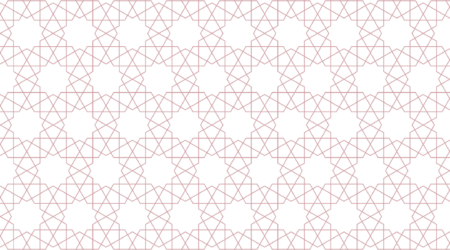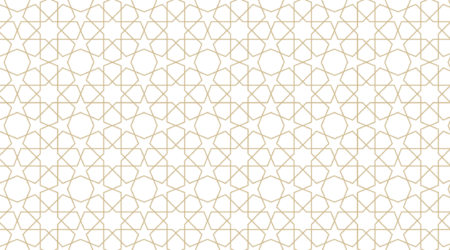Four Criteria for Differentiating Religious Entities
January 2020
Introduction
Religious currents, especially Islamic schools of thought, are often considered as monolithic blocs, and sometimes opposed to each other. Sufis, with their large diversity, engaged or not in social and political action, are considered indiscriminately as a peaceful group and associated with mysticism. Salafism, which emerged centuries ago and is encountered in all Muslim countries in genuine but very diverse forms2 rooted in the local traditions, is associated with one school of this current originating from Najd, Saudi Arabia, Wahhābism, which is further connected with extremism and terrorism. The Muslim Brotherhood, which evolved over more than nine decades, and are today divided into a wide range of social and political organisations, leftists and rightists, nationalists and internationalists, are designated by some authoritarian regimes as a terrorist group.
In fact, not only do some academic and political elites regard various currents of Islamic thought as a form of extremism, but they also do the same with regard to the practice of religion itself. A couple of years ago, in a conversation with a senior researcher of a Chinese think-tank, she told me that “in recent years, our Muslims in China have become extremist.” I then asked her to tell me how, and the answer was that “they no longer drink alcohol as they did before”. This unexpected response from a learned person may be explained by the cultural remoteness of the Hans from Muslim populations or by the effect of decades of hard communism that stifled religious expression and caused religious illiteracy in China.
Recently, the French political elite have adopted the same discourse, after the killing, on 3 October 2019, of four policemen at the Paris Prefecture of Police by Mickaël Harpon, a Frenchman who converted to Islam a decade ago. French president Emmanuel Macron pleaded for a “society of vigilance” in France and called the French people to be “on the lookout at school, at work, in places of worship, close to home [for] little clues” and “weak signs of radicalization”. Macron’s Interior Minister, and exegete for the occasion, Christophe Castaner, then came to explain the “weak signs” that President Macron urges the French to identify: “Among these signs that must be noted: a rigorous religious practice, particularly exacerbated in the period of Ramadhan. This is a sign that should trigger an alert on these subjects. […] Wearing a beard […] kissing or not doing it anymore. […] Does the individual agree to team up with a woman or not? Does he have a regular and ostentatious practice of ritual prayer? Do we have the presence of hyperkeratosis in the middle of the forehead, the tabaâ?i […] These are indicators that should actually trigger a thorough investigation.” When this kind of discourse emanates from the political elites of a country such as France, whose history and geography make it so close to the realm of Islam, it points to the fast spread of the ideology of “securitism”, transforming French society into “an immense private security company and a large community of informers”.
This attitude towards religion and an undifferentiated approach of religious currents result in many contexts in disastrous policies that cause undesired tensions in both Muslim and non-Muslim societies. This note presents four criteria that help approaching religious currents in a differentiated way, considering their non-homogeneity and the wide diversity within them.












